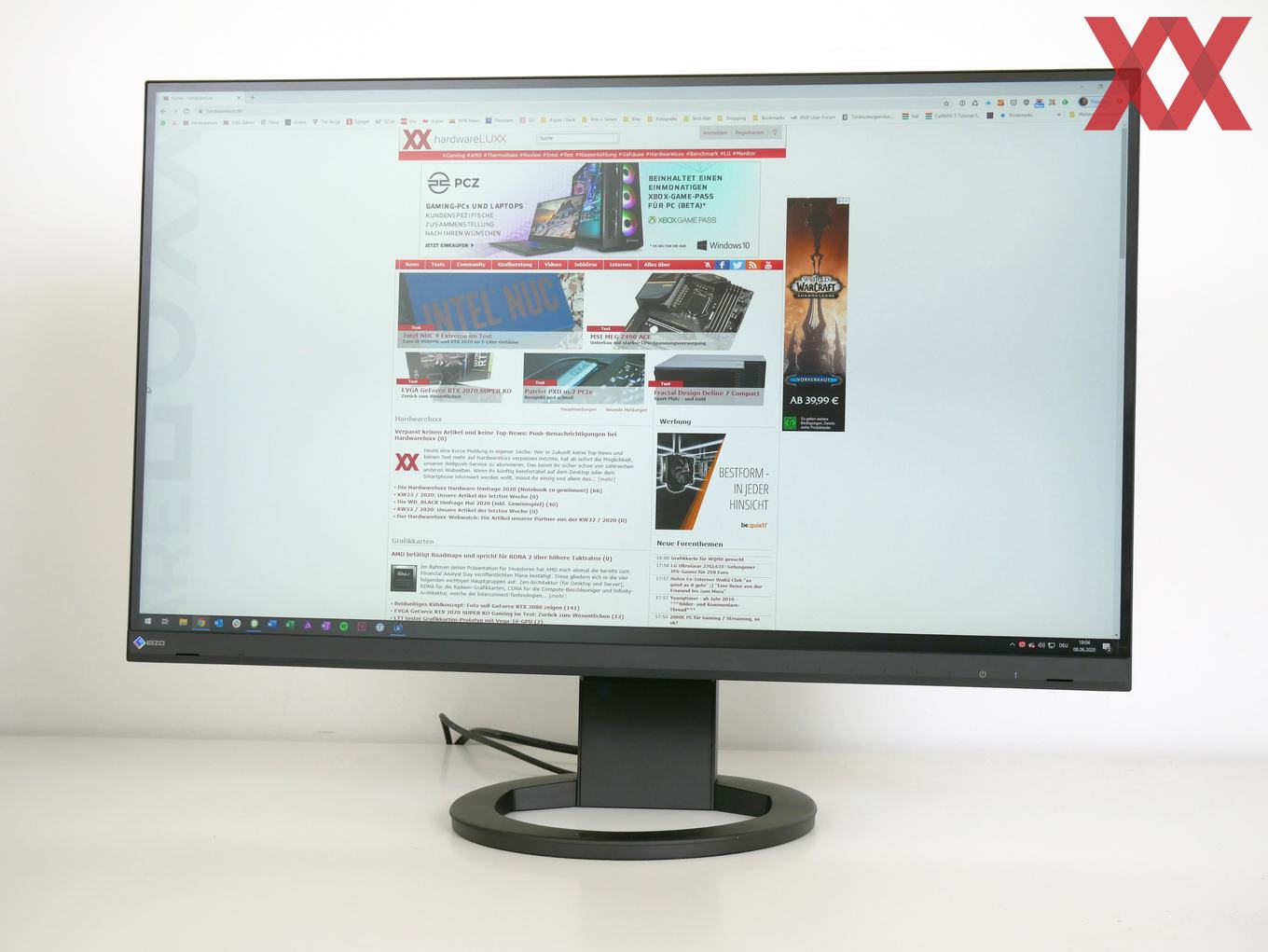
The CG2730 uses electrostatic switches on the front bezel instead of traditional buttons. That’s why I like that everything is basically matte black: totally inconspicuous.Įlectrostatic buttons with subtle backlight When I’m working on my images, I don’t want to be distracted by design. The CG2730 is not as outspoken, and it shouldn’t be.
#EIZO PIXEL TEST PRO#
My Mac Pro and LaCie 6big are not only great machines, but they’re also a design statement. The design of the CG2730 is typical EIZO: no-nonsense, form follows function.


And that’s how I ended up choosing the CG2730. An uncropped photograph has a 4:3 aspect ratio, so if you want to view that as large as possible on that monitor without cropping it, you end up with some empty space on the side – perfect for my Photoshop tools. Because of that aspect ratio, the extra pixels are added mostly to the width of the monitor. That’s when I started thinking about the CG2730 because it’s a bit larger (2560 x 1440 pixels) and has a wider aspect ratio (16:9). My initial setup with the CG2730 in my office in South Africa: EIZO CG2730, Mac Pro, LaCie 6big Thinking about what to do, I realized there was only one thing that I missed while working on the CG247X: a second monitor for my Photoshop tools. Even though my experience with the CG247X had been short, it had also been sweet so I was tempted to get a second one. The new plan was to give her the CG247X that was already in South Africa anyway and to get another monitor for me. My preference for a 2K monitor, therefore, was a conscious one.īut then I realized that I was not the only one in need of an extra monitor – my wife Daniella also needed one for her video work. This challenge obviously becomes even bigger with a 5K monitor. That means that subtle post-processing work like sharpening, for instance, becomes much harder because everything is so small. On a 4K monitor that same image, when viewed at 100%, won’t even fill half the screen. To process a 1,600-pixel image on a 2K monitor is easy: at 100% the image almost fills the entire screen. The result is that your images will not only look smoother on the 4K monitor, but they will also appear much smaller.Ī lot of my work ends up online, and the average size (at this moment) is about 1,600 pixels wide. If you have two 24” monitors, but one is 2K (1920×1200) and one is 4K (3840×2160), contrary to what you might think, the 4K monitor will have almost four times the amount of pixels compared to the 2K monitor. I will give a short recap of my reasoning. The CG247X has a resolution of ‘only’ 1920×1200 pixels so for many it was an odd choice – after all, a lot of photographers seem to prefer 4K or even 5K monitors. So that’s why I decided to leave the CG245W in The Netherlands, and take the new CG247X to South Africa as that’s where I would be doing most of my post-processing. The downside to having offices in two countries, The Netherlands and South Africa, is that you need to get everything double. Little over a year ago, I wrote a review on my EIZO CG247X that I got as a replacement for my trusty CG245W, the world’s first self-calibrating monitor. The EIZO CG2730 with an image that I shot in Antarctica with the Nikon Z7


 0 kommentar(er)
0 kommentar(er)
